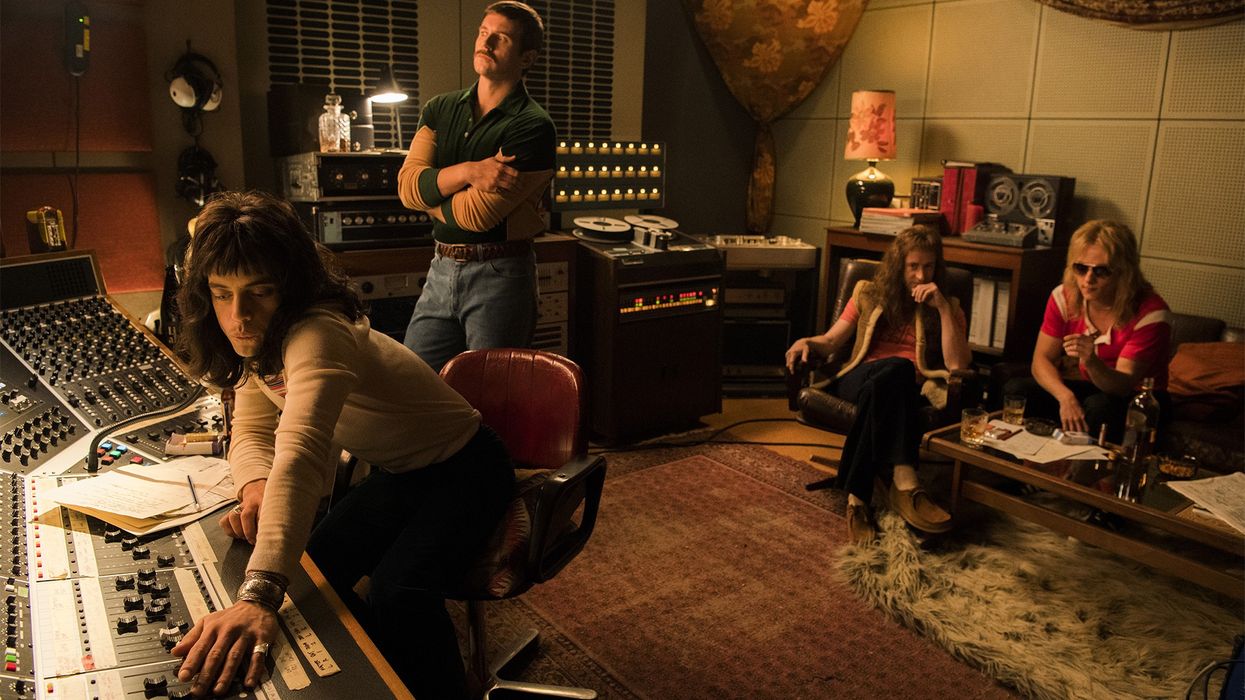What ‘Bohemian Rhapsody’ Can Teach Us About Unmotivated Editing
A master class in how not to edit from the unmotivated decisions in ‘Bohemian Rhapsody’.

Bohemian Rhapsody might just turn out to be one of the most polarizing films of the last decade when it's all said and done. To some, it was a great biopic character study of the late Queen lead singer Freddie Mercury with a phenomenal performance by Rami Malek (here’s a great side-by-side video comparison of the famous Live Aid concert scene against the original).
To others, Malek’s prosthetic teeth look-alike-ness will never be nearly enough to save an awkward piecemealed movie which is notable for having its director leave in mid production amidst a sexual harassment scandal.
Yet, Bohemian Rhapsody will remain in the annals of the Academy Awards where the film received four Oscars (Best Actor, Best Sound Editing, Best Sound Mixing and… Best Film Editing).
In this video essay, Youtuber Thomas Flight contests Bohemian Rhapsody’s legacy and breaks down how not only was the film undeserving of its editing award, but is actually a master class example of poor video editing overall.
Let’s take a look at some of the examples - as well as how to avoid the same unmotivated mistakes in projects of your own.
Bohemian Rhapsody’s “Bad” Editing
To be fair for the sake of Bohemian Rhapsody’s editor John Ottman, many of the problems which Flight outlines could very well be directly caused by a problematic production in which a director left and coverage for scenes was poor at best.
Yet, Flight makes several great points and insights into how both “over editing” and “unmotivated editing” can create muddled and messy scenes that leave audiences with confused and lost.
Flight focuses in on one scene in particular where the band meets with manager John Reid as a particularly bad example of the following concepts:
- Lack of Motivation
- Break Spatial Continuity
- Bad Pacing
For any video editor lost in the weeds on a project, the troubles with this scene feel familiar to those times when too many cooks might have their hands in the pot. It becomes apparent that the pacing is off and that shots seem to be dictated more by producers’ notes and screen time requests than actual storytelling needs.
It actually becomes quite interesting when Flight makes a few editing decisions of his own to clean up the scenes to eliminate unnecessary shots and unmotivated cuts.
If anything, the lessons are quite helpful for both projects of your own, as well as exemplifying of just how difficult video editing is at every level.

 No Film School's coverage of
No Film School's coverage of 









